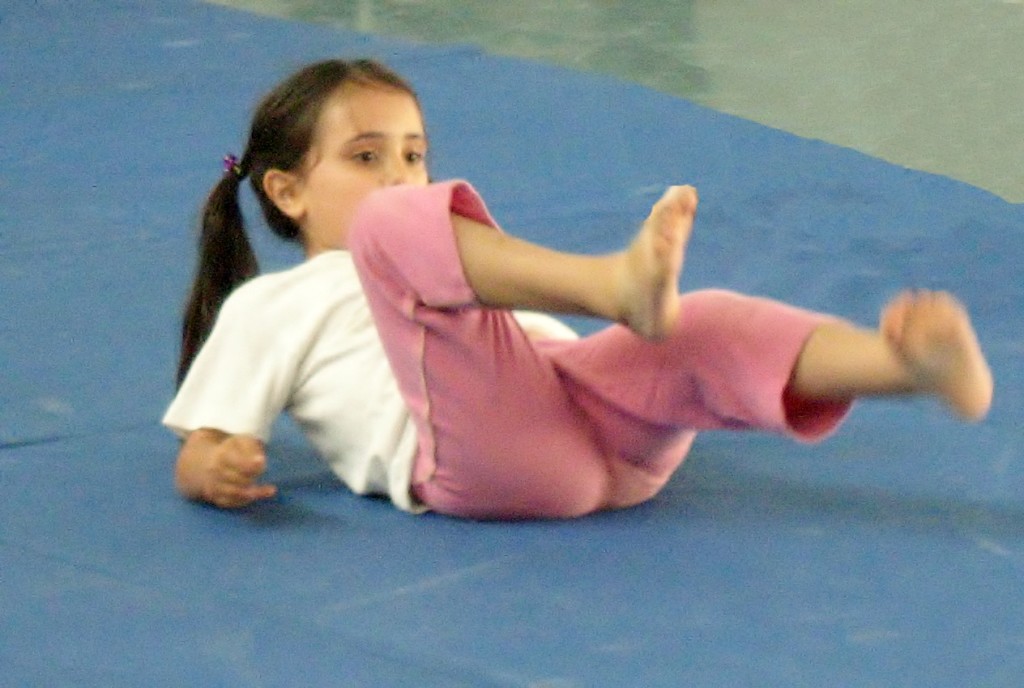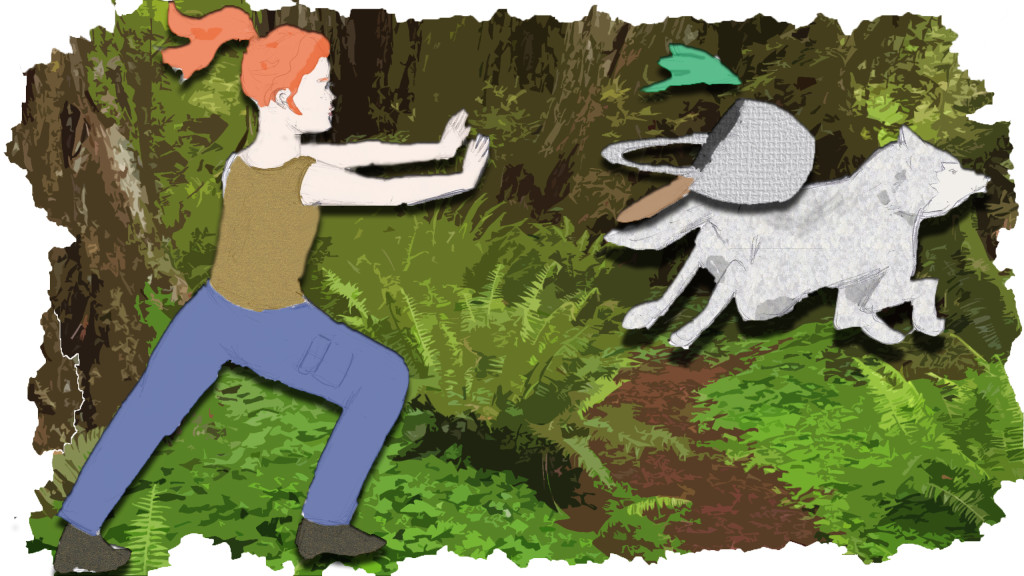5 Recommendations to Keep Kids Safe!
We all know the world out there is a dangerous place for children but how can we keep them safe without scaring them into passivity? Here are 5 tips that can help you protect your children:
- Knowledge is Power – We tend to be afraid of the unknown assailant lurking in the shadows to kidnap children but the sad truth is that most children are attacked by someone they know to some degree. It can be a friend of the family, kids at schools or even a family member. Not wanting to think that evil can exist so close to home is a very natural defense mechanism, but parents must first be aware of the facts. Warning children of strangers just isn’t enough.
- Strengthening the bond between parent and child – As the caretaker, you are your child’s first line of defense, which is why it is crucial to strengthen the bond between you and your child. Your child must know they can share any problem with you. This is easier said than done. Many children do not share their problems because they fear a parent’s anger or because they feel ashamed, thinking they have done something wrong. Moreover, the daily life of an average parent tends to be extremely busy which might cause you not to notice when your child needs you the most. This is why I recommend using a “Magic Spell” which your child is allowed to use only when in true need. This “Magic Spell” is a sentence you both agree upon, its “power” is to make you as a parent immediately attentive and not angry no matter what.
- Increase your kid’s self-confidence – Self Confidence can be a great deterrent to potential attackers. A confident child is more able to resist an attack and come to you for help if something does happen (this is by no means an excuse to blame children that are attacked!!!) From my experience, building self confidence in children isn’t as difficult as it would seem. Start with complimenting your child daily. When was the last time you told them how smart, strong or beautiful they are? When was the last time you let them beat you in some game? One of my strongest memories from childhood is mock fighting with my dad and managing to kick him in-between the legs. As a 5 year old, who managed to make her dad double up in pain, I got a massive sense of empowerment! I’m not suggesting you go as far as that, but giving your child the feeling they can succeed is what will make them succeed.
-
Trusting instincts – Each of us has a small voice that tends to warn us in case of danger yet we tend to silence this voice with many excuses for fear of embarrassing ourselves or not wanting to appear fearful. You can start with simply asking your child what he feels about people? How is his teacher treating him? What does he think about his friend? Ask open questions (not yes or no). This will teach your child it is ok to ask himself these things. Listen to what your child tells you. If they don’t want to go to a friend or even some family member there is a reason behind it. Without being judgmental try to find out what it is. There are many role playing games you can play to strengthen this ability in your kid. Please check out the free resources on my web site to see some of them.
- Respecting Personal Space – Teaching your child what their personal space is and how to keep it is very important self-defense knowledge. Learning to respect other’s personal boundaries is no less important and will help in preventing unnecessary ‘provocation’ as well as making sure your child does not become a bully or attacker! Don’t force your child to accept hugs and kisses from family members if they don’t want to and try to let them make as many decisions as possible about their own body. There is a very simple and fun game I’ve created called “THE MONSTER” that can easily train these aspects. Here is the first level of this game:
- Have you and your child stand at opposite sides of the room. Slowly come closer to your child and explain that when you are too close, i.e. when you can grab them, they should:
- Take a step forward with their front knee slightly bent and their back kept straight (it is best to show an example or show the illustration in the free book).
- Hold their hands outstretched at face level.
- Shout “Stop”.


